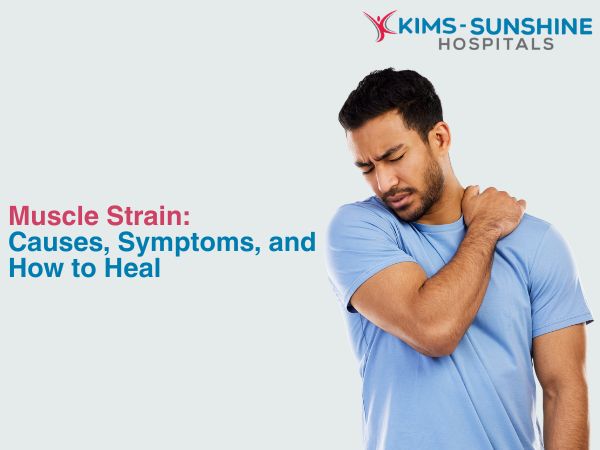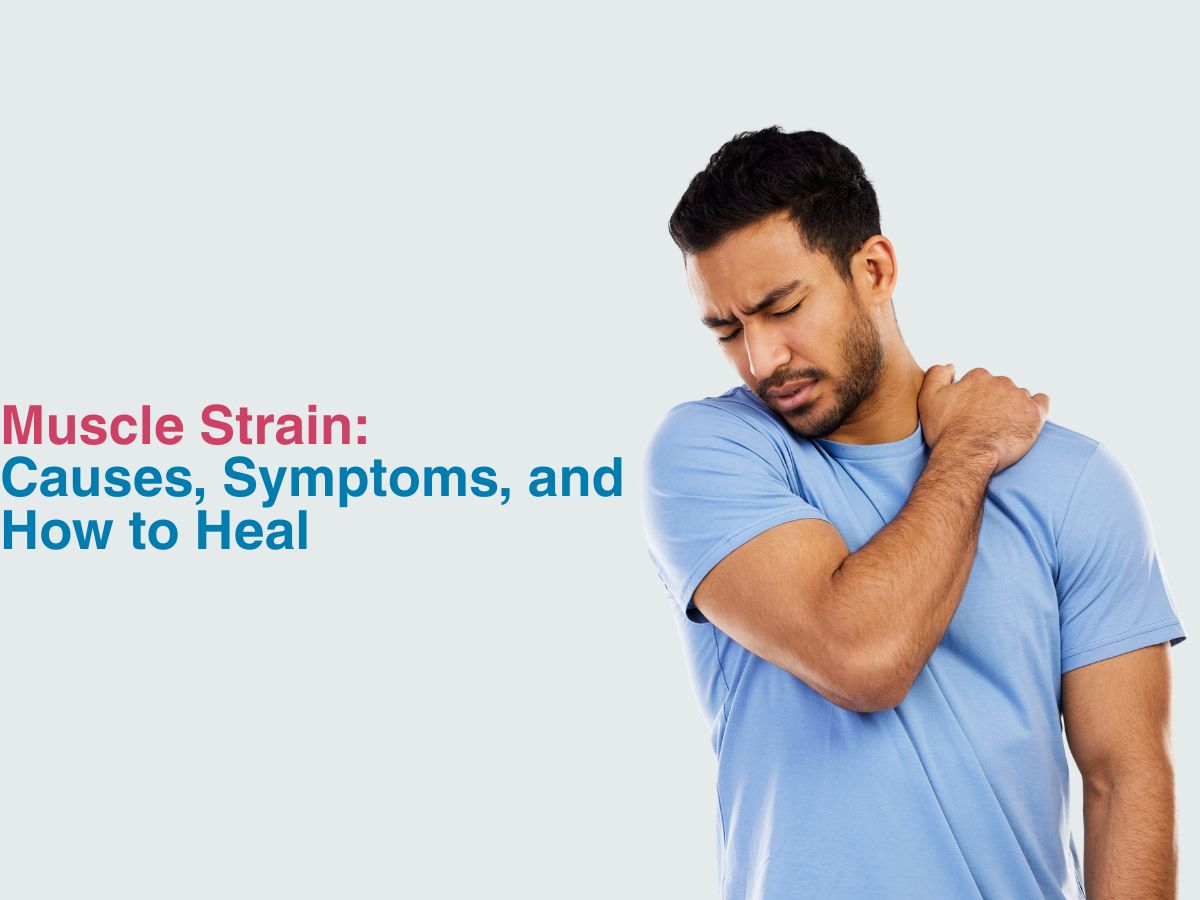
Muscle Strain: Causes, Symptoms, and How to Heal
 Pulled muscles or strained muscles all mean the same- the fibres get overstretched and do not necessarily break, but this can hinder movement and range in general. In such injuries, the fibrous muscles or even tendons can get injured if it is a minor injury. In more severe cases, the tendons or muscle fibres may get torn- which is when it is termed a ‘muscle tear’. Home remedies work most of the time, fortunately and can help manage the pain and bruising associated with the condition. But, in very extreme cases, surgery may be suggested.
Pulled muscles or strained muscles all mean the same- the fibres get overstretched and do not necessarily break, but this can hinder movement and range in general. In such injuries, the fibrous muscles or even tendons can get injured if it is a minor injury. In more severe cases, the tendons or muscle fibres may get torn- which is when it is termed a ‘muscle tear’. Home remedies work most of the time, fortunately and can help manage the pain and bruising associated with the condition. But, in very extreme cases, surgery may be suggested.
Signs And Symptoms Of Pulled Or Strained Muscle-
The symptoms that you will definitely notice after an injury have been listed below-
- You could have redness, tenderness and bruising in the affected area
- You may have to deal with muscle spasms
- You will also have some muscle weakness and swelling in the region
These injuries normally occur if you don’t lift something in the right way, or if you overexert yourself. At other times, it may be due to people not stretching properly or warming up before exercising. This means if you suddenly do something in an awkward way, you are at risk. Poor posture is also a well known reason. For some people, it may become a chronic issue too, if they continue to strain the same muscle over and over again. This is also why such injuries are common in sportspersons- with their repeated motions and maneuvers and overexertion in particular. Areas that get commonly affected are the elbows, the ankles, the hands and the legs mostly.
How To Treat Muscle Strain At Home Naturally?
The best way for you to feel better immediately is to follow the RICE method- it is simple but super effective. RICE stands for Rest, Ice, Compression and Elevation respectively. Following these steps provides some much needed relief. You can also get some very gentle massage done after a week or so, for relief. You can also use some kind of topical cream that contains anti-inflammatory agents. After using ice for the first 72 hours, switch to heating pads to promote blood flow and wound healing. Rest is important, yes, but don’t overdo that too- gentle stretching and exercises will help you heal better.
When To See A Doctor For A Muscle Strain Injury-
If you continue to have pain for over a week, notice bleeding or numbness in the injured area and are not able to move at all because of the pain, it is time you get checked. Doctors may ask you to get an X-ray or MRI done to check for the extent of damage that has occurred. Physical therapy helps greatly in such a situation, but surgery may also be necessary if the muscle has been injured substantially.
Conclusion
The general timeline with mild or moderate strains is 3-6 weeks, if you don’t want to get treatment per se. But, with very severe injury, you may take much longer to recover. Muscle strains are mostly preventable, so try to sit properly and use the right technique when lifting anything heavy. Wearing the right kind of shoes which fit well will also help you prevent falls. The good news is- you will recover, but give it some time. Don’t try to rush recovery.






